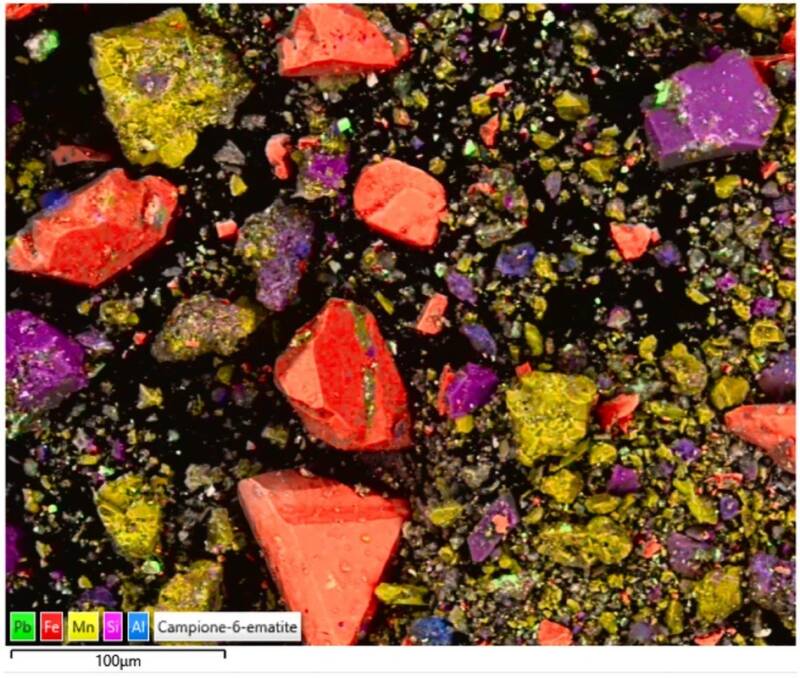Intact Roman chicken egg found in England, 3,600-year-old lipstick unearthed in Iran, millennia-old hallucinogens discovered in the Netherlands.
1,700-Year-Old Chicken Egg From Ancient Rome Found Totally Intact

Oxford ArchaeologyThough intact, the egg is so fragile that not only can’t it be touched, it can’t even be exposed to the air.
While preparing for construction of a housing development in Aylesbury, workers happened upon an ancient Roman wishing well containing a wealth of sacrificial offerings, including this chicken egg — with its yolk and white totally intact after nearly two millennia.
“We might have expected it to have leached out over the centuries but it is still there,” said researcher Edward Biddulph. “It is absolutely incredible. It may be the oldest egg of its type in the world.”
Read on here.
3,600-Year-Old Red Lipstick Discovered In Iran Is The Oldest Ever Found

F. Zorzi/Scientific ReportsMineralogical composition of the lipstick discovered in Iran.
Red lipstick from 3,600 years ago was just found in Iran. Recovered from a looted gravesite, this Bronze-Age makeup appears to be the oldest lipstick ever discovered.
The red lipstick was discovered in the Jiroft region of southeastern Iran. The ancient makeup and other artifacts were first resurfaced in 2001, when the Halil river flooded across several graveyards from the 3rd millennium B.C.E., bringing artifact-rich burials to the surface.
Dig deeper in this report.
A Hollowed-Out Bone Containing Hallucinogenic Henbane Seeds Was Discovered At A Roman Settlement In The Netherlands

Antiquity JournalAncient physicians noted that black henbane could be used as a sedative and analgesic.
Archaeologists have long found evidence of the plant black henbane (Hyoscyamus niger) at ancient sites. The plant, a weed, can be used medicinally or to cause visual hallucinations.
Now, the discovery of a hollowed-out bone containing black henbane seeds seems to suggest that ancient Romans deliberately collected and used this plant, which could cause “insanity and giddiness.”
See more here.





